CERN’s quest to understand antimatter and its differences from matter gets a boost.
CERN’s new optical fiber link to Paris enhances antimatter research precision, paving the way for new discoveries about the universe.
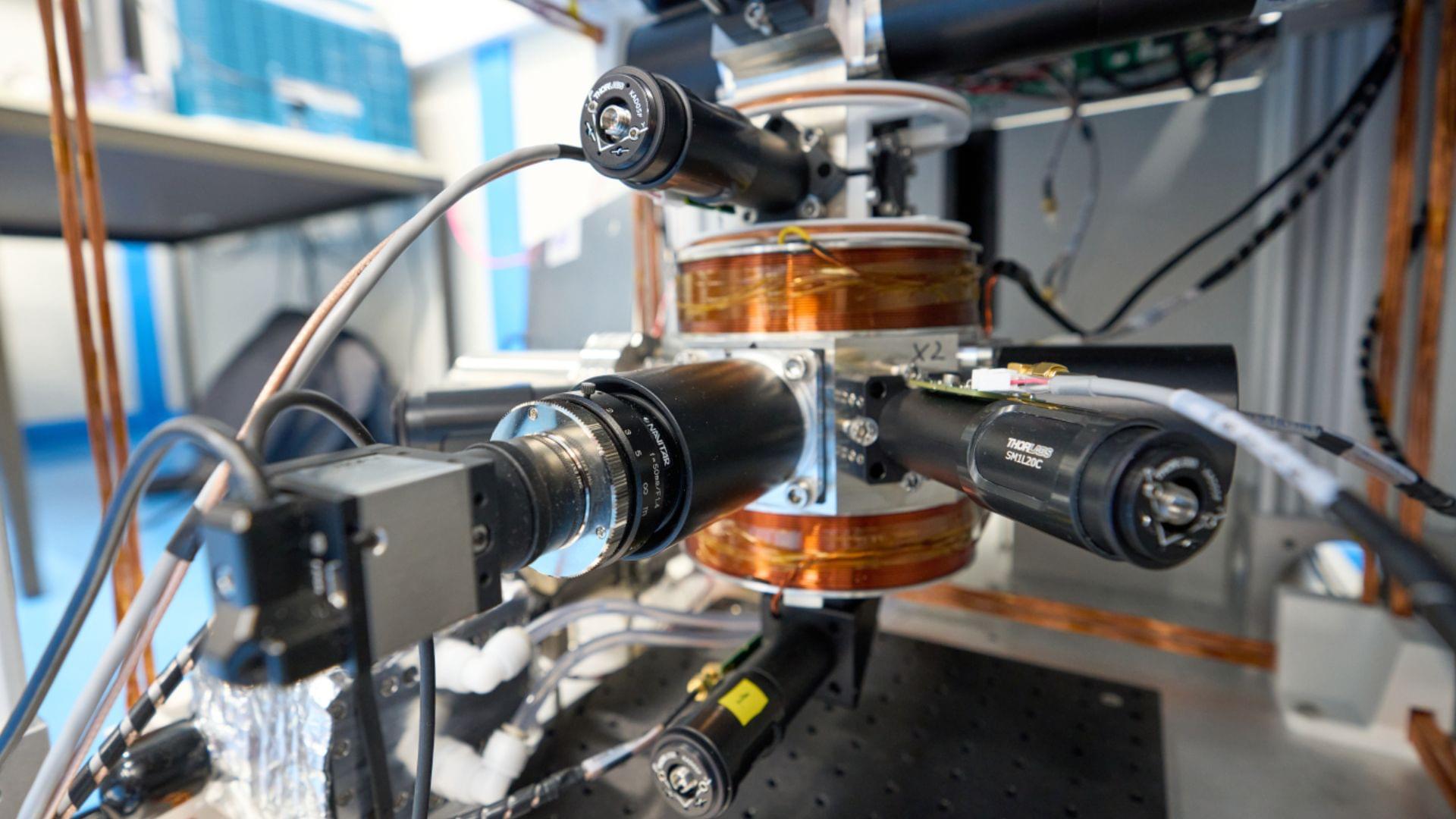
Traditional 3D printing builds objects layer by layer, but tomographic volumetric additive manufacturing (TVAM) takes a different approach. It uses laser light to illuminate a rotating vial of resin, solidifying material only where the accumulated energy surpasses a specific threshold. A key advantage of TVAM is its speed—it can produce objects in seconds, whereas conventional layer-based 3D printing takes about 10 minutes. However, its efficiency is a major drawback, as only about 1% of the projected light contributes to forming the intended shape.
Researchers from EPFL’s Laboratory of Applied Photonic Devices, led by Professor Christophe Moser, and the SDU Centre for Photonics Engineering, led by Professor Jesper Glückstad, have developed a more efficient TVAM technique, as reported in Nature Communications
<em> Nature Communications </em> is an open-access, peer-reviewed journal that publishes high-quality research from all areas of the natural sciences, including physics, chemistry, Earth sciences, and biology. The journal is part of the Nature Publishing Group and was launched in 2010. “Nature Communications” aims to facilitate the rapid dissemination of important research findings and to foster multidisciplinary collaboration and communication among scientists.
Welcome to a unique listening experience in the universe of classic science fiction! Introducing “With Folded Hands” by Jack Williamson, an audiobook that will immerse you in a fascinating world full of technological intrigue. In this captivating tale, we explore a dystopian future where humanity has been supplanted by a race of helpful robots known as “Mechanies.” However, the apparent perfection of these androids hides a dark secret that threatens to destroy what remains of humanity. Accompany our narrator on a journey full of suspense and reflection as he discovers the dangers that lurk in a world dominated by technology. With the masterful voice of our narrator, each word comes to life, transporting you to a universe where machines have absolute control. Immerse yourself in this sci-fi masterpiece, where each chapter will leave you eager to discover what will happen next. Can humanity regain its freedom in the face of the unstoppable advance of technology? Find out now in “With Folded Hands” by Jack Williamson. Do not miss it! #audiobook #sciencefiction #JackWilliamson #WithFoldedHands #robots #dystopianbooks #technology #narration #literature #classicalliterature #futuristic #suspense #intrigue #books #audible #listen #adventure #classicliterature #Androids #sciencefictionfantasy

An interesting glimpse into the adventurous world of neutrino research in Antarctica!
At McMurdo, Karle must wait for the weather to permit the final leg of the trip. “It is not uncommon to spend several days in McMurdo,” he says. (Karle’s record is 10.) When it’s time, he takes a 3.5-hour flight on a ski-equipped LC-130 aircraft to reach the South Pole. Anyone or anything else that goes to the South Pole must take a similarly tedious route.
There’s a reason scientists have endured the challenges of the climate, the commute and the cost for over half a century—since members of the US Navy completed the original Amundsen–Scott South Pole Station in 1957. Despite all the trouble it takes to get there, the South Pole is an unparalleled environment for scientific research, from climate science and glaciology to particle physics and astrophysics.
This sentiment was echoed by the Particle Physics Project Prioritization Panel in its 2023 report, a decadal plan for the future of particle physics research in the United States. Under its recommendation to “Construct a portfolio of major projects that collectively study nearly all fundamental constituents of our universe and their interactions,” the report prioritized support for five specific projects—two of which are located at the South Pole: cosmic microwave background experiment CMB-S4, the top priority, and neutrino experiment IceCube-Gen2, recommended fifth. Because of the high scientific priority of these projects, the report also urged maintenance of the South Pole site.
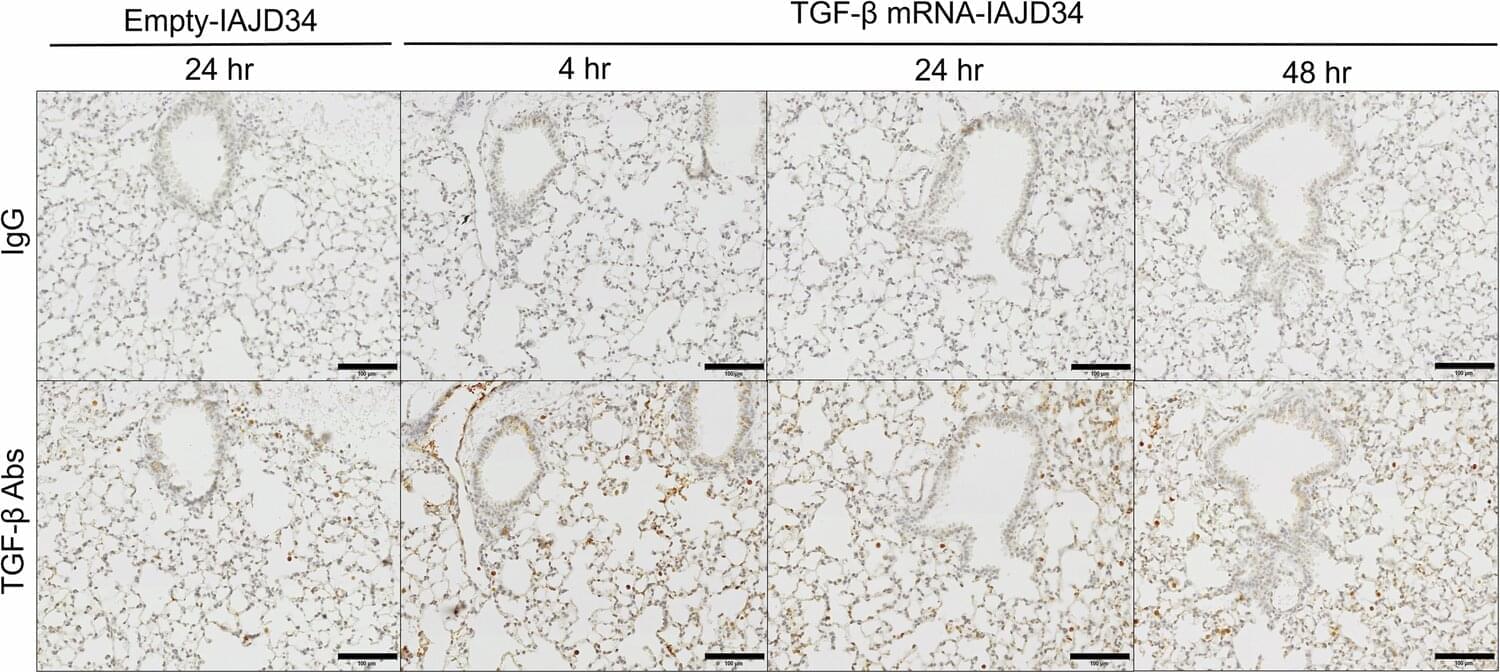
A combination of mRNA and a new lipid nanoparticle could help heal damaged lungs, according to new research from the Perelman School of Medicine at the University of Pennsylvania. Viruses, physical trauma, or other problems can have a serious impact on the lungs, and when the damage is in the lower regions, traditional treatments, like inhaled medication, might not work. The study, published in Nature Communications, provides a proof of concept for an injectable therapy.
“The lungs are hard-to-treat organs because both permanent and temporary damage often happen in the deeper regions where medication does not easily reach,” said study author Elena Atochina-Vasserman, MD, Ph.D., research assistant professor of Infectious Diseases at Penn and scientist at the Penn Institute for RNA Innovation. “Even drugs delivered intravenously are spread without specificity. That makes a targeted approach like ours especially valuable.”
Lung damage can result from a variety of causes ranging from physical accidents that cause inflammation of the lungs to respiratory viruses like COVID, flu, and RSV. Viruses alone can usher in an inflammatory response setting off a buildup of fluid in the airways, excess mucus, cell death, and damage to the lining of the lungs. Whether acute or chronic, weakened lungs can be life threatening. Respiratory diseases were the third leading cause of death worldwide even before the pandemic, according to previous research.
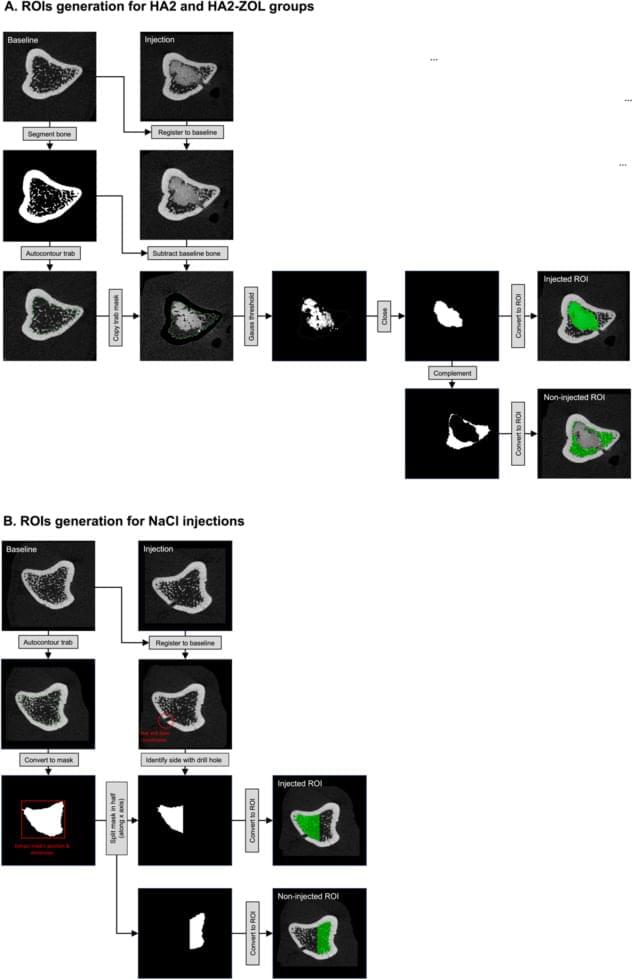
Scientists have created a hydrogel that strengthens bones in weeks. Bone density increased by 5X in a lab.
A groundbreaking injectable hydrogel may soon offer a faster, more effective treatment for osteoporosis, a condition that weakens bones and increases fracture risk.
Developed by researchers at EPFL in Switzerland and startup Flowbone, this new hydrogel, made from hyaluronic acid and hydroxyapatite nanoparticles, mimics bone’s natural minerals and strengthens fragile areas. In lab tests on rats, the treatment increased bone density by up to three times within weeks. When combined with the osteoporosis drug Zoledronate, bone density at the injection site increased nearly fivefold, potentially reducing the risk of fractures far more quickly than current medications.
While the hydrogel is not a permanent fix, researchers believe it could revolutionize osteoporosis management by complementing existing drug therapies and speeding up recovery. Given that osteoporosis affects millions worldwide—especially postmenopausal women—this breakthrough could significantly lower the risk of life-threatening fractures. The team now aims to secure regulatory approval and begin clinical trials, bringing this promising technology one step closer to real-world use. If successful, it could redefine how osteoporosis is treated, offering patients faster relief and stronger bones.
Managing osteoporotic patients at immediate fracture risk is challenging, in part due to the slow and localized effects of anti-osteoporotic drugs. Combining systemic anti-osteoporotic therapies with local bone augmentation techniques offers a promising strategy, but little is known about potential interactions. We hypothesized that integrating systemic treatments with local bone-strengthening biomaterials would have an additive effect on bone density and structure. This study investigated interactions and synergies between systemic therapies and injectable biomaterials, HA2 and HA2-ZOL, designed for local bone strengthening. HA2-ZOL incorporates Zoledronate, a bisphosphonate, to enhance anti-resorptive effects. These materials were tested in an in vivo rat model of osteoporosis using microCT and histology.
Thirty-six ovariectomized Wistar rats were treated systemically with vehicle (VEH), alendronate (ALN), or parathyroid hormone (PTH). One week later, their tibiae were randomly assigned to local treatment groups: HA2, HA2-ZOL, or NaCl control. Bilateral injections targeted metaphyseal trabecular bone, with microCT scans tracking changes over 8 weeks. Regions of interest (ROIs) were identified and analyzed for bone volume fraction (BV/TV), tissue mineral density (TMD), and trabecular morphology. Histological analyses were performed at week 8 to assess bone structure and mineral inclusions.
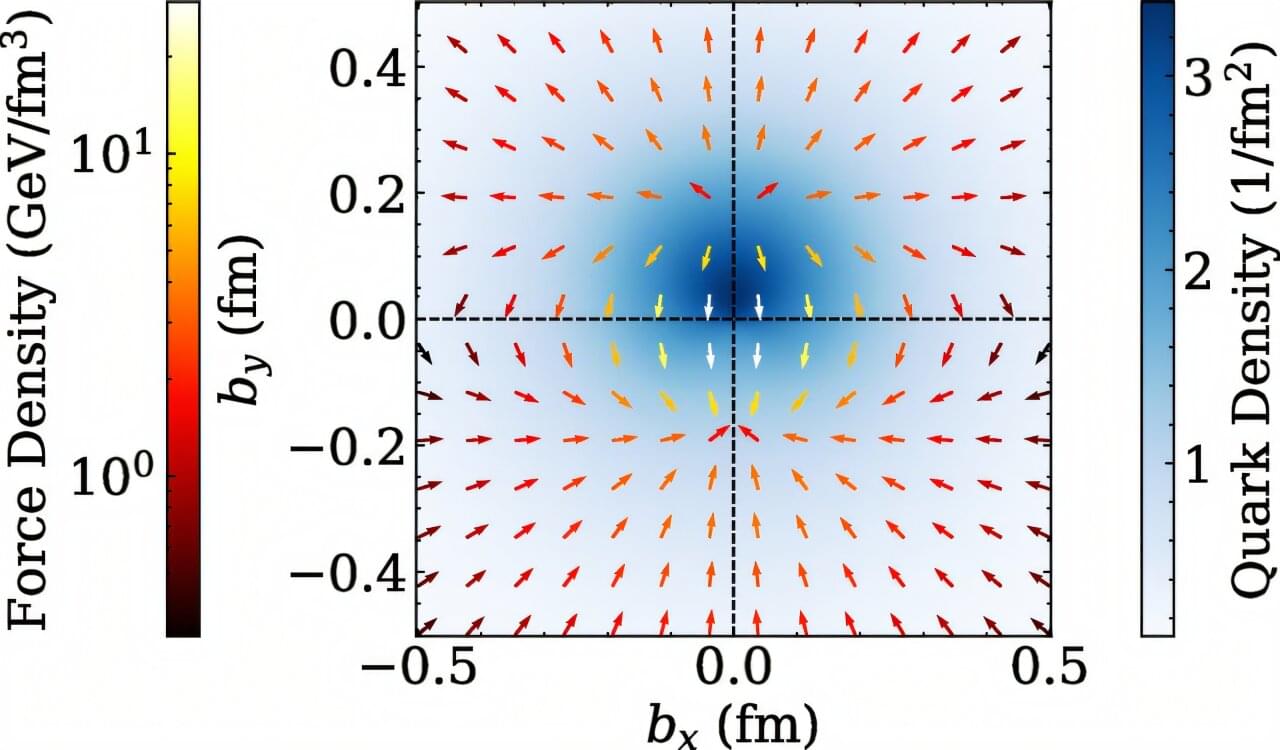
Scientists have now mapped the forces acting inside a proton, showing in unprecedented detail how quarks—the tiny particles within—respond when hit by high-energy photons.
The international team includes experts from the University of Adelaide who are exploring the structure of sub-atomic matter to try and provide further insight into the forces that underpin the natural world.
“We have used a powerful computational technique called lattice quantum chromodynamics to map the forces acting inside a proton,” said Associate Professor Ross Young, Associate Head of Learning and Teaching, School of Physics, Chemistry and Earth Sciences, who is part of the team.
Silicon Valley elites are quietly appointing themselves ancestors of the future.
As American fertility rates continue to hit record lows — well below the “replacement rate” from one generation to the next — the pronatalism movement has found a foothold in the tech world.
Elon Musk — who apparently now has 13 children — has openly endorsed the movement, which believes in pumping out babies to fight societal collapse. OpenAI CEO Sam Altman has said, “Of course I’m going to have a big family” and is investing in experimental fertility technology.
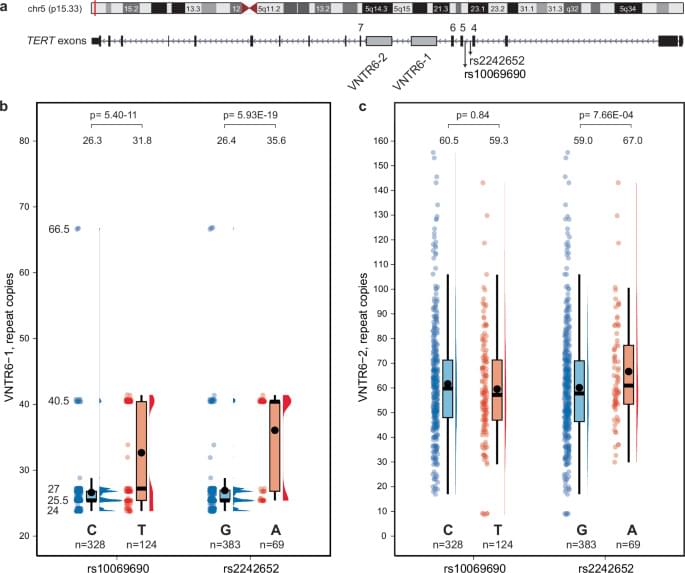
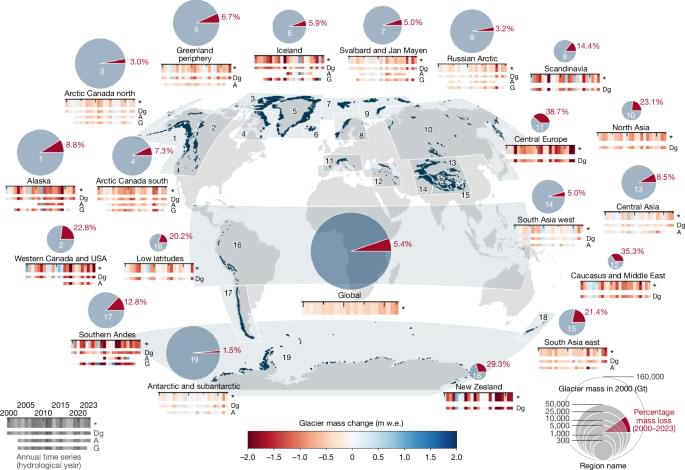
Glaciers separate from the continental ice sheets in Greenland and Antarctica covered a global area of approximately 706,000 km2 around the year 200019, with an estimated total volume of 158,170 ± 41,030 km3, equivalent to a potential sea-level rise of 324 ± 84 mm (ref. 20). Glaciers are integral components of Earth’s climate and hydrologic system1. Hence, glacier monitoring is essential for understanding and assessing ongoing changes21,22, providing a basis for impact2,3,4,5,6,7,8,9,10 and modelling11,12,13 studies, and helping to track progress on limiting climate change23. The four main observation methods to derive glacier mass changes include glaciological measurements, digital elevation model (DEM) differencing, altimetry and gravimetry. Additional concepts include hybrid approaches that combine different observation methods. In situ glaciological measurements have been carried out at about 500 unevenly distributed glaciers24, representing less than 1% of Earth’s glaciers19. Glaciological time series provide seasonal-to-annual variability of glacier mass changes25. Although these are generally well correlated regionally, long-term trends of individual glaciers might not always be representative of a given region. Spaceborne observations complement in situ measurements, allowing for glacier monitoring at global scale over recent decades. Several optical and radar sensors allow the derivation of DEMs, which reflect the glacier surface topography. Repeat mapping and calculation of DEM differences provide multi-annual trends in elevation and volume changes26 for all glaciers in the world27. Similarly, laser and radar altimetry determine elevation changes along linear tracks, which can be extrapolated to calculate regional estimates of glacier elevation and volume change28. Unlike DEM differencing, altimetry provides spatially sparse observations but has a high (that is, monthly to annual) temporal resolution26. DEM differencing and altimetry require converting glacier volume to mass changes using density assumptions29. Satellite gravimetry estimates regional glacier mass changes at monthly resolution by measuring changes in Earth’s gravitational field after correcting for solid Earth and hydrological effects30,31. Although satellite gravimetry provides high temporal resolution and direct estimates of mass, it has a spatial resolution of a few hundred kilometres, which is several orders of magnitude lower than DEM differencing or altimetry26.
The heterogeneity of these observation methods in terms of spatial, temporal and observational characteristics, the diversity of approaches within a given method, and the lack of homogenization challenged past assessments of glacier mass changes. In the Intergovernmental Panel on Climate Change (IPCC)’s Sixth Assessment Report (AR6)16, for example, glacier mass changes for the period from 2000 to 2019 relied on DEM differencing from a limited number of global27 and regional studies16. Results from a combination of glaciological and DEM differencing25 as well as from gravimetry30 were used for comparison only. The report calculated regional estimates over a specific baseline period (2000–2019) and as mean mass-change rates based on selected studies per region, which only partly considered the strengths and limitations of the different observation methods.
The spread of reported results—many outside uncertainty margins—and recent updates from different observation methods afford an opportunity to assess regional and global glacier mass loss with a community-led effort. Within the Glacier Mass Balance Intercomparison Exercise (GlaMBIE; https://glambie.org), we collected, homogenized and combined regional results from the observation methods described above to yield a global assessment towards the upcoming IPCC reports of the seventh assessment cycle. At the same time, GlaMBIE provides insights into regional trends and interannual variabilities, quantifies the differences among observation methods, tracks observations within the range of projections, and delivers a refined observational baseline for future impact and modelling studies.